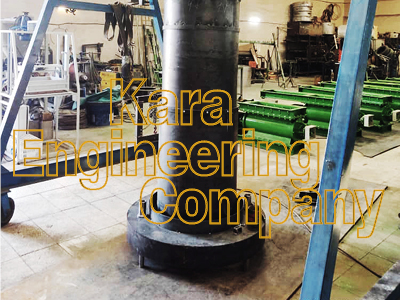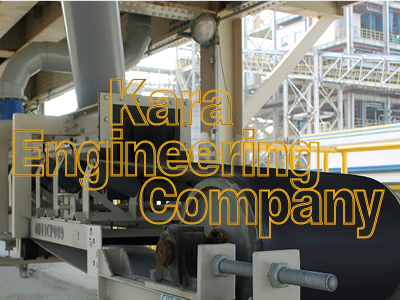
In this journal entry, we will explore the development of our innovative telescopic chute, designed to revolutionize material transfer systems in various industries.
Product Description: Our telescopic chute is a cutting-edge device that enables efficient and controlled transfer of materials in industrial applications. With its adjustable length and angle, it provides a flexible solution for directing bulk materials such as powders, grains, and aggregates during loading or unloading processes.
Engineering and Design Process: The development process involved a multidisciplinary team of engineers, designers, and material handling experts. We conducted extensive research to understand the requirements and challenges faced by industries in material transfer systems. Using advanced computer-aided design (CAD) software, we created virtual prototypes and performed simulations to optimize the chute's performance, durability, and safety.
Implementation and Execution: Once the design was finalized, we collaborated with manufacturing partners to bring the telescopic chute to life. We conducted rigorous testing and quality control measures to ensure compliance with industry standards. The telescopic chute underwent real-world trials in various industrial settings, including mining, construction, and agriculture, to validate its performance and reliability.
Key Achievements: Throughout the development process, we achieved several milestones. Our telescopic chute demonstrated exceptional efficiency in material transfer, reducing spillage and dust emissions. It received recognition from industry experts and won the "Innovation in Material Handling" award at the Industrial Solutions Expo 2022.
Challenges and Solutions: One of the primary challenges we encountered was optimizing the telescopic mechanism for smooth extension and retraction while maintaining structural integrity. Through iterative design improvements and extensive testing, we overcame these challenges by implementing high-quality telescopic components and incorporating innovative locking mechanisms.
Impact and Benefits: The telescopic chute offers significant benefits to industries relying on material transfer systems. It enhances workplace safety by minimizing manual handling and reducing the risk of spills and accidents. Moreover, the controlled material flow improves efficiency, reduces product loss, and minimizes environmental pollution caused by dust emissions.
Lessons Learned: The development of the telescopic chute provided valuable insights into the importance of collaborative engineering, thorough prototyping, and real-world testing. We learned the significance of considering diverse industry requirements and continually seeking feedback from end-users to ensure optimal performance and customer satisfaction.
Conclusion: The development of our telescopic chute marks a significant achievement for our company. It showcases our commitment to sustainable development and solving material transfer challenges in various industries. The telescopic chute's versatility and positive impact on safety, efficiency, and environmental sustainability position it as a game-changer in the field of material handling.
Future Prospects: Moving forward, we aim to further enhance the telescopic chute by incorporating smart automation and remote control features. We also plan to expand our market reach and collaborate with key industry players to implement this technology in a wide range of industrial applications.
 Translate
Translate


